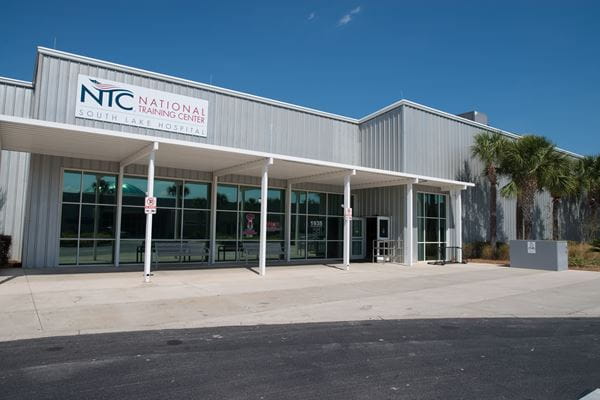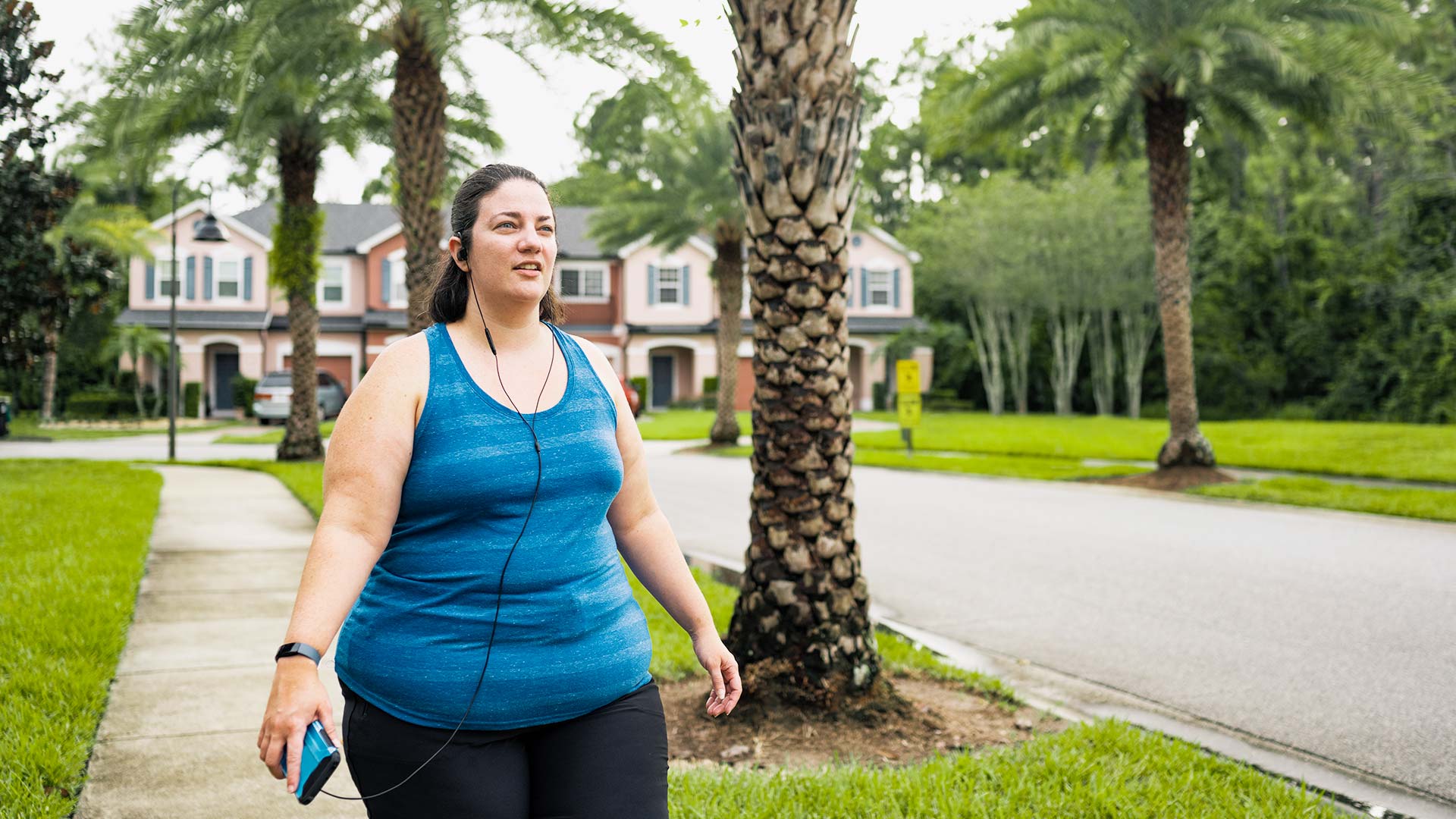Preventing — and Recovering from — the Dreaded Shin Splint
You’re speeding down the running trail and suddenly get a pain in your shin that won’t go away. It’s the dreaded shin splint. Or is it?
Shin splints, also known as medial tibia stress syndrome, are frequently confused with other lower-leg conditions. Actual shin splints are microfractures in your tibia, one of the bones in your lower leg. Other conditions that might cause pain in your shin could be tendonitis or —rarely — chronic exertional compartment syndrome. There also could be an issue with the tibia, fibula and talus connection in the ankle joint, causing a pain in the lower leg that feels like “shin splints.”
Shin splints occur when your body is not conditioned enough to withstand the impact forced upon it during high-impact activities, such as running or jumping. When the force isn’t being distributed throughout the body, and is instead concentrated in particular areas (i.e. the lower leg), an injury like shin splints will occur.
Many athletes experience shin splints. Those exposed to high-impact forces such as track and field, soccer, football, dance and gymnastics can be more susceptible to shin splints. For runners, shin splints make up 40 percent of their running injuries. However, any athlete can suffer from shin splints if they are exposed to plyometrics and running activities when they are not conditioned to handle the stress and volume.
Symptoms of a Shin Splint

In addition to pain in the front of the lower leg when running, you also may feel pain when walking or jumping, as well as when you touch the medial (inside) or lateral (outside) compartment of your lower leg. The pain may be sharp or dull and throbbing, and could occur during and after you exercise.
Sometimes it’s difficult to tell the difference between bone and muscle pain. Bone pain tends to be sharper and is not as likely to hurt when there is no pressure on it. In contrast, muscle pain can be sharp but may feel achy at rest. Since everyone is different and has different tolerances for pain, if your shin is hurting, getting it evaluated by a medical professional is the fastest way to recovery.
Diagnosing Shin Splints
If you’ve been coping with pain in your shins, your doctor will perform an MRI to makes sure the problem is not a stress fracture, Achilles tendonitis or chronic exertional compartment syndrome. Once these possibilities are ruled out, it’s most likely you have strained your anterior tibialis extensor digitorum longus and or/ peroneus longus/brevis/tertius muscles, which are muscles in the foot and ankle.
Treating Shin Splints
The most important thing to do when you have been diagnosed with shin splints is rest. You have to let the body heal when it has trauma. Compression sleeves, KT/Rock Tape, ice and elevation can help with the pain and swelling. Continuing to run with shin splints will most definitely not help and guarantees the condition will get worse if not treated appropriately. After healing, strengthening the entire body with exercises that respect the gait cycle will yield the longest-lasting training to decrease the onset of the injury.
Foam rollers can help with symptoms of soreness and tightness, but it will not fully address the cause of the shin splints. The body works together: If there is an area(s) that is overworked, there is an area(s) that needs to be strengthened. So just releasing “tight” tissues is only half of the battle. If a muscle is “tight,” there has to be a reason for it — most likely other related muscles (antagonists, synergists) that are not firing appropriately. So you also must strengthen those muscles as well. Having your gait and movement patterns analyzed by a professional can help with those patterns and give you appropriate exercises.
Avoiding Shin Splints
Recovering from shin splints is of upmost importance. Decreasing pain and swelling need to be addressed if you already have shin splints. However, it’s best to avoid getting them in the first place by getting:
- The right running shoes. Your body is capable of handling the high-impact forces of running — in fact, your body needs to feel these forces and vibrations to provide neurological feedback and trigger appropriate muscle contractions. So you shouldn’t need shoes to “protect you from the excessive impact forces of running.” Therefore, heavily cushioned shoes may prevent your body from absorbing these forces. Keep in mind, however, that shifting to a minimalist shoe without proper conditioning isn’t the answer either. Consider a running shoe with a neutral bottom and eventually move to a minimalist shoe, with appropriate training, of course.
- The right training. Think about training that will help your body prepare for the impact. Exercises that strengthen the feet and core together are very important. Cushioned running shoes may provide temporary relief, but will not replace a body not physically conditioned to run.
- The right nutrition. Make sure you are taking in all essential vitamins and minerals through your diet and eating adequate calories for your training regime.
Most importantly, see your doctor when you experience pain in your lower leg. Pain is not something to “tough out” or train through. Once a diagnosis is made, train your body to handle impact and running efficiently.
Learn More About the Orlando Health National Training Center
The Orlando Health National Training Center, on the campus of Orlando Health South Lake Hospital, provides comprehensive wellness programs, events and training services to support our community and athletes in their achievement for health and performance excellence.
Learn more











